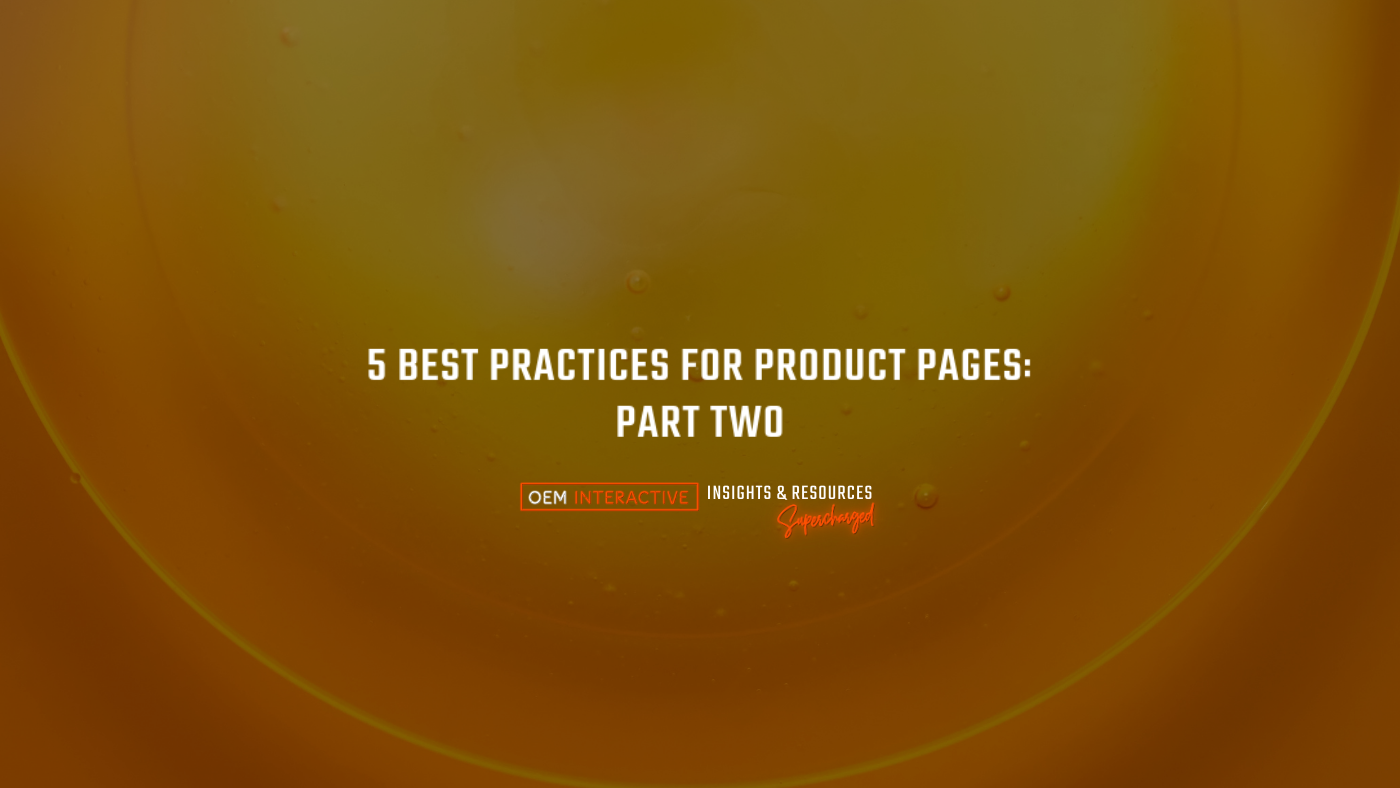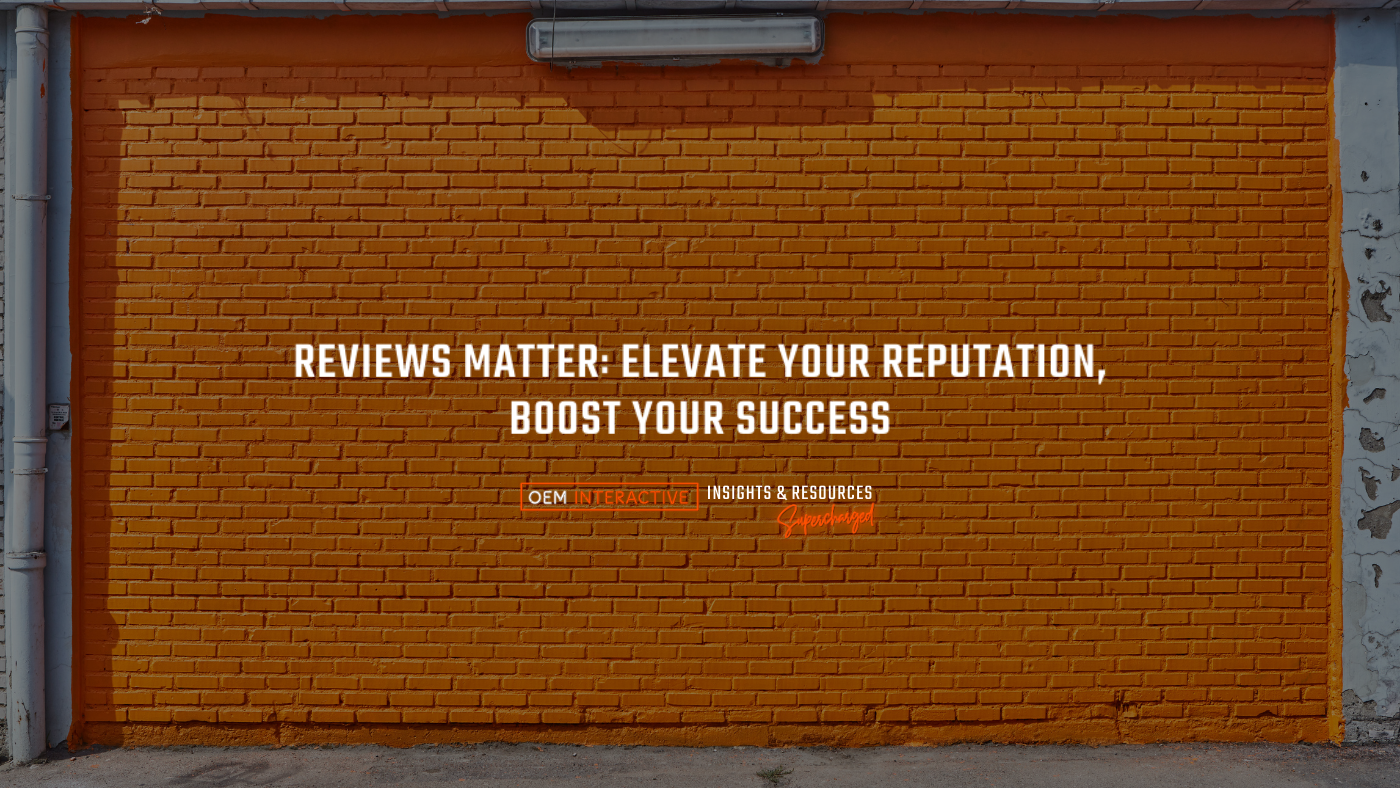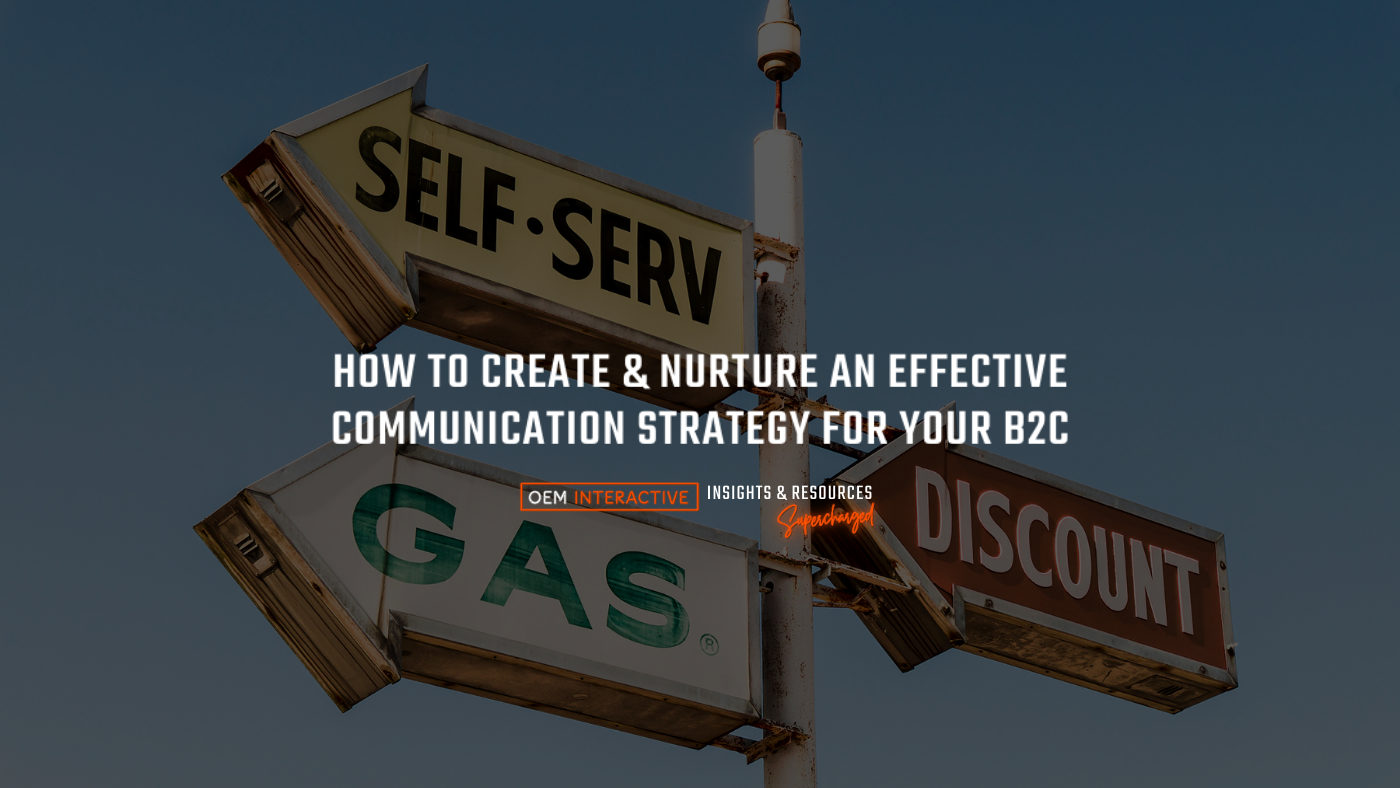Our first part in this series covered the first five best practices for product pages. Let’s talk about the last five! In order to maximize conversions, business owners need to make sure that their product pages are optimized. This means including key information and removing any clutter that might prevent visitors from making a purchase. Now let’s take a look at the last five best practices.
6. Remove Clutter
Your product pages should be designed with your visitors in mind. They should be easy to navigate and clutter-free. You want your visitors to be able to find the information they need quickly and easily, without being bombarded with too much data. Including only the most relevant and useful information on the page, and using clear and concise language. You don’t want anything on your page to take away from the central focus: your products! When in doubt, less is more.

7. Include FAQs
What are the most frequently asked questions about your product? Do you have a list of FAQs that you can share with potential customers? By addressing common concerns and questions, you can help put potential customers at ease and increase the likelihood of them completing a purchase. FAQs can also be helpful for customer service purposes. By providing answers to common questions, you can help reduce the number of customer service inquiries. This can save your company time and money, while also providing a better experience for your customers.
8. Highlight/Include Value Proposition
Ensure that your product’s unique value proposition is highlighted on the product page. This is the key benefit or selling point that sets your product apart from others on the market. Putting your value proposition prominently on display will increase visitors’ understanding of why they should buy your product.
9. Clear Call-to-Actions
Your product pages should also include clear call-to-actions (CTAs). A call-to-action (CTA) is a button or link intended to encourage visitors to take the desired action, such as making a purchase. By including CTAs, you can help guide visitors through the conversion process and increase the likelihood of them completing a purchase.
10. Provide Technical Information
Make sure to provide any relevant technical information on your product pages. This includes things like dimensions, specifications, and instructions. By providing this information, you can help ensure that visitors have all the information they need to make an informed purchase decision.
If you offer products that require parts or accessories that are not included, be sure to include links to them or a bundle option. By including everything they need, your customers get the most out of their purchase and avoid any potential frustration.

By following these best practices, you can help optimize your product pages for conversions. By removing distractions, addressing common questions, and highlighting your product’s key selling points, you can increase the likelihood of visitors completing a purchase. And by providing relevant technical information, you can help ensure that visitors are making an informed decision. So what are you waiting for? Implement these best practices today and see the results for yourself!






